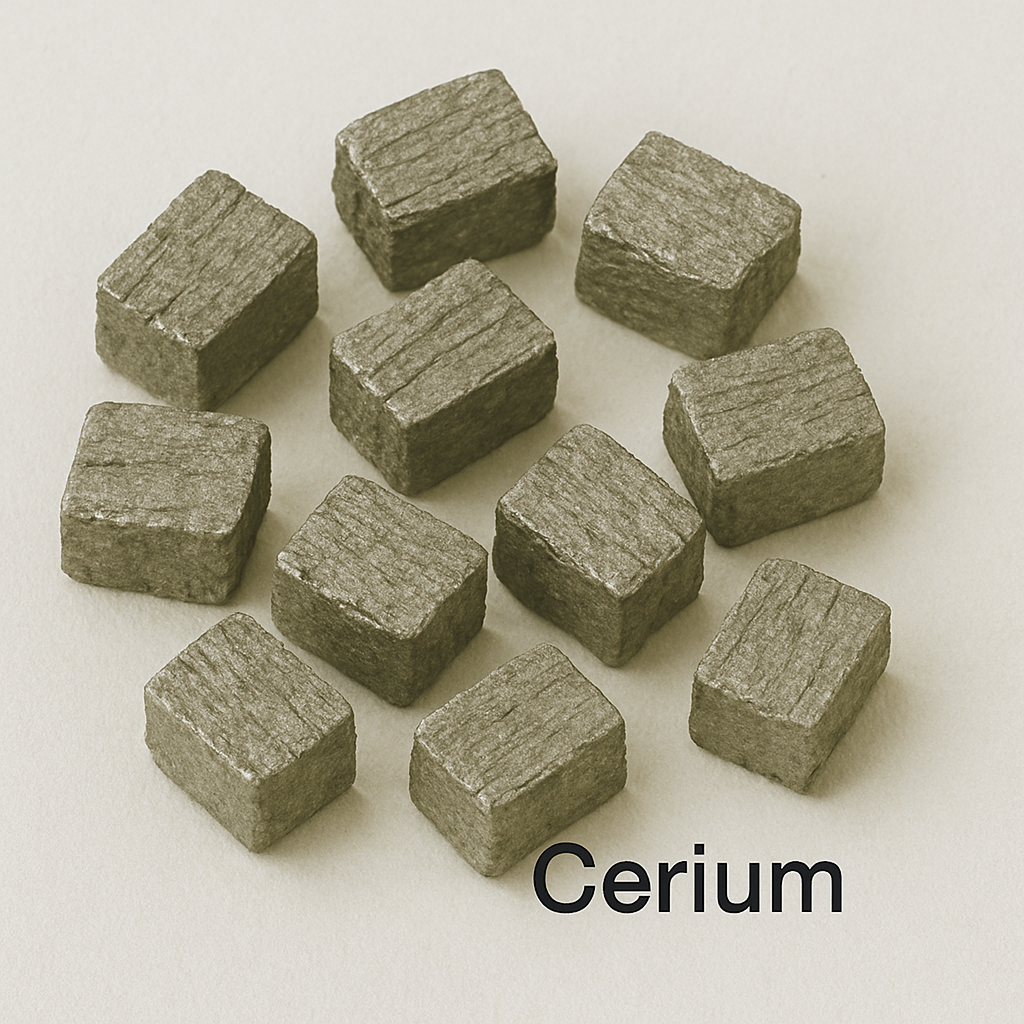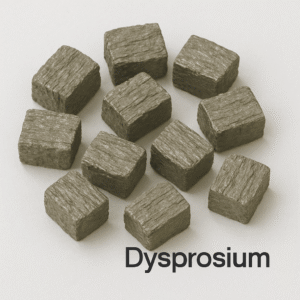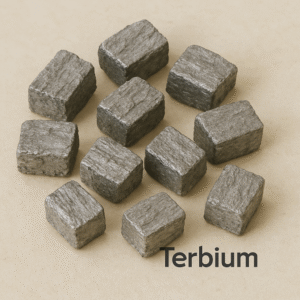Your cart is currently empty!
Cerium (Ce)
Basic Information Element Name: Cerium Symbol: Ce Atomic Number: 58 Atomic Weight: 140.12 Element Category: Lanthanide (Rare Earth Element) Standard State: Solid Appearance: Silvery-gray, ductile metal that tarnishes readily in air Chemical and Physical Properties Density: 6.77 g/cm³ Melting Point: 798 °C (1,468 °F) Boiling Point: 3,443 °C (6,229 °F) Electronegativity (Pauling scale): 1.12 Common Oxidation States: +3 and […]
Description
Basic Information
-
Element Name: Cerium
-
Symbol: Ce
-
Atomic Number: 58
-
Atomic Weight: 140.12
-
Element Category: Lanthanide (Rare Earth Element)
-
Standard State: Solid
-
Appearance: Silvery-gray, ductile metal that tarnishes readily in air
Chemical and Physical Properties
-
Density: 6.77 g/cm³
-
Melting Point: 798 °C (1,468 °F)
-
Boiling Point: 3,443 °C (6,229 °F)
-
Electronegativity (Pauling scale): 1.12
-
Common Oxidation States: +3 and +4 (Ce is the most reactive lanthanide)
-
Special Feature: Cerium can be oxidized to Ce⁴⁺, making it chemically versatile
Reactivity and Storage
Cerium oxidizes quickly when exposed to air and reacts vigorously with water, acids, and even alcohols. For safety and stability, it is stored under mineral oil or in vacuum-sealed packaging.
Occurrence and Extraction
Cerium is the most abundant rare earth element, making up about 0.0046% of the Earth’s crust. It occurs in minerals such as monazite, bastnäsite, and synchysite. Commercial extraction involves acid leaching, solvent extraction, and thermal reduction.
Isotopes
-
Naturally occurring cerium consists of four isotopes, mainly Ce-140 (88.5%)
-
Ce-144 is radioactive and used in nuclear fuel research
Key Applications
1. Glass Polishing and Surface Treatment
-
Cerium oxide (CeO₂) is the industry standard for precision glass polishing
-
Used in manufacturing of LCD panels, optical lenses, and mirrors
-
Offers superior surface finish compared to other abrasives
-
2. Catalytic Converters (Automotive)
-
Cerium plays a key role in automotive exhaust systems
-
Enhances performance of three-way catalysts (TWC) by storing and releasing oxygen
-
Helps convert CO and NOₓ to less harmful emissions
-
3. Flints and Igniters (Pyrophoric Alloys)
-
Mischmetal, a cerium-rich alloy (with lanthanum and others), is used in lighter flints
-
Cerium sparks easily when scratched, making it ideal for ignition
-
4. Glass and Ceramics Color Control
-
Cerium compounds are used as decolorizing agents in glass production
-
Can neutralize green tints caused by iron
-
Also improves UV resistance in architectural and automotive glass
-
5. Fuel Cells and Energy Materials
-
CeO₂ is used as an oxygen ion conductor in solid oxide fuel cells (SOFCs)
-
Also applied in hydrogen storage and advanced battery research
-
6. UV Filters and Phosphors
-
Cerium compounds are used in sunscreen agents, fluorescent materials, and X-ray screens
-
Provides UV shielding and enhances visible light brightness
-
Strategic Relevance
-
Cerium is less expensive and more abundant than other lanthanides
-
While not as critical as dysprosium or neodymium, its industrial demand remains high
-
-
Global production is centered in China, with supply chain diversification efforts underway
-
Cerium recovery from electronics and catalyst recycling is commercially feasible
Interesting Facts
-
Discovered in 1803 by Jöns Jakob Berzelius and Wilhelm Hisinger
-
Named after the dwarf planet Ceres, discovered two years earlier
-
Cerium metal can spontaneously ignite when finely divided
-
Its oxides are key components of clean energy technologies and emission control systems
Additional information
| Weight | 1 lbs |
|---|---|
| Dimensions | 1 × 1 × 1 in |
| Weight | 100G |
-
Dysprosium (Dy)
$670.00 -
Erbium (Er)
$174.00 -
Europium (Eu)
$1,550.00 -
Gadolinium (Gd)
$106.00 -
Holmium (Ho)
$291.00






